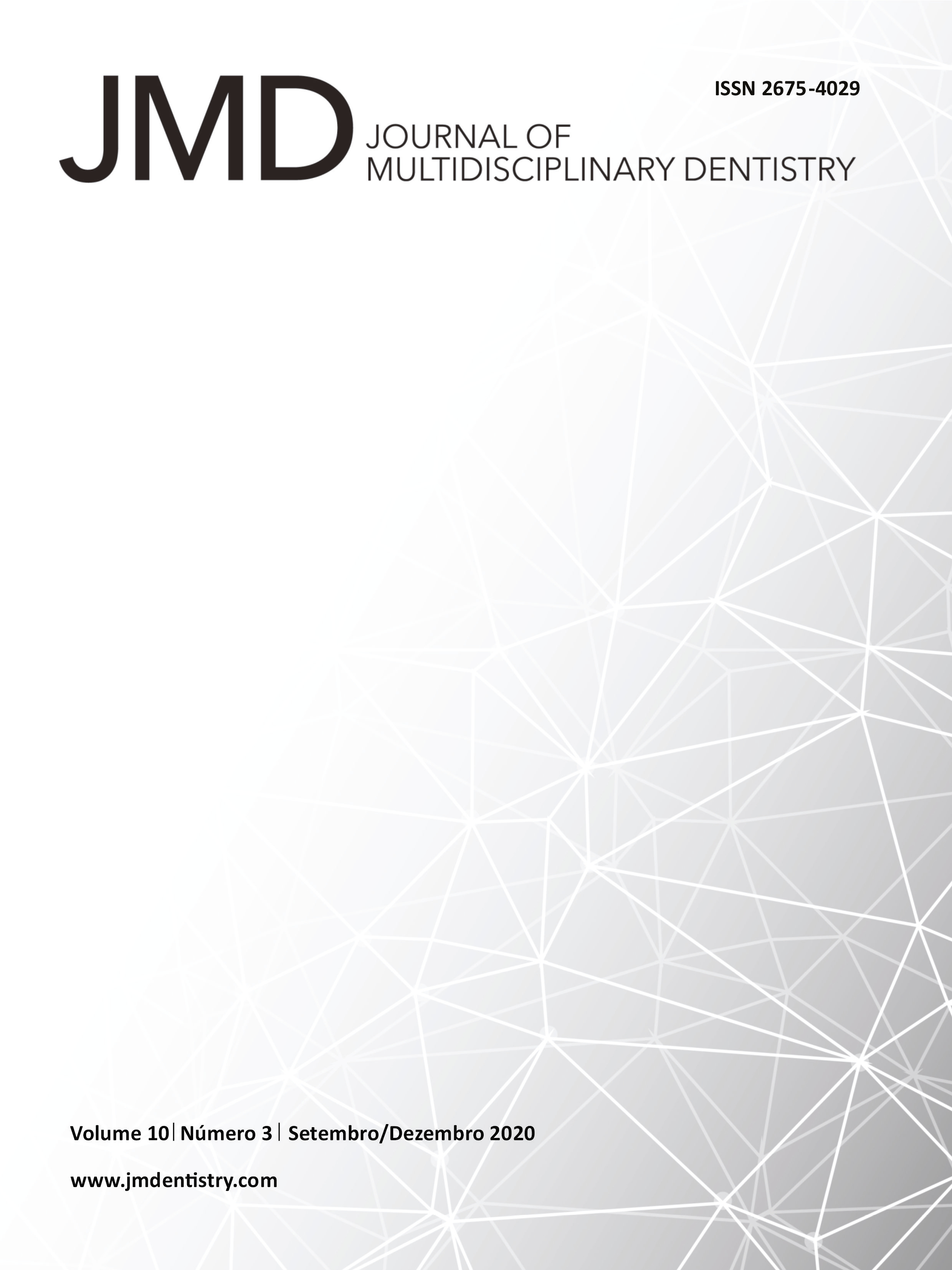Decontamination of microorganisms from a titanium surface with chlorhexidine and uv light
DOI:
https://doi.org/10.46875/jmd.v10i3.519Keywords:
Decontamination, Chlorhexidine, Ultraviolet raysAbstract
The purpose of the research was to determinate the process of decontamination of microorganisms on the titanium III® surface with chlorhexidine and ultraviolet (UV), exposed to Escherichiacoli, Aggregatibacter actinomycetemcomitans, Streptococcus mutans, Staphylococcos aureus, Streptoccocus pyogenes, Klebsiella pneumonia and Candida albicans, present in the peri-implantitis. To reach that aim was applied an in vitro experimental test. The sample of that test was composed by 0.5% chlorhexidine solution, ultraviolet (UV) light at 30 cm = 11.28 m watts.cm-2.seg-1 and twenty-five processed titanium III® discs with a surface of 70.65 square millimeters. This investigation was carried out with artificial saliva and sterile instruments on a sterile culture.


